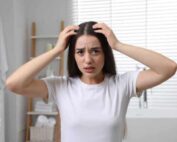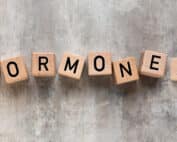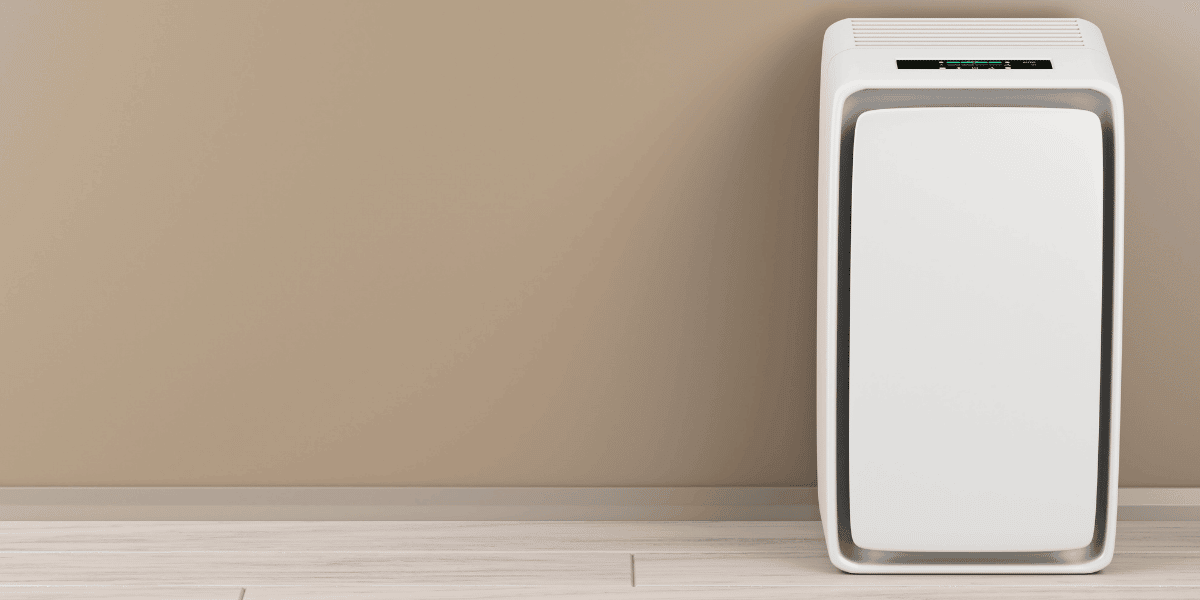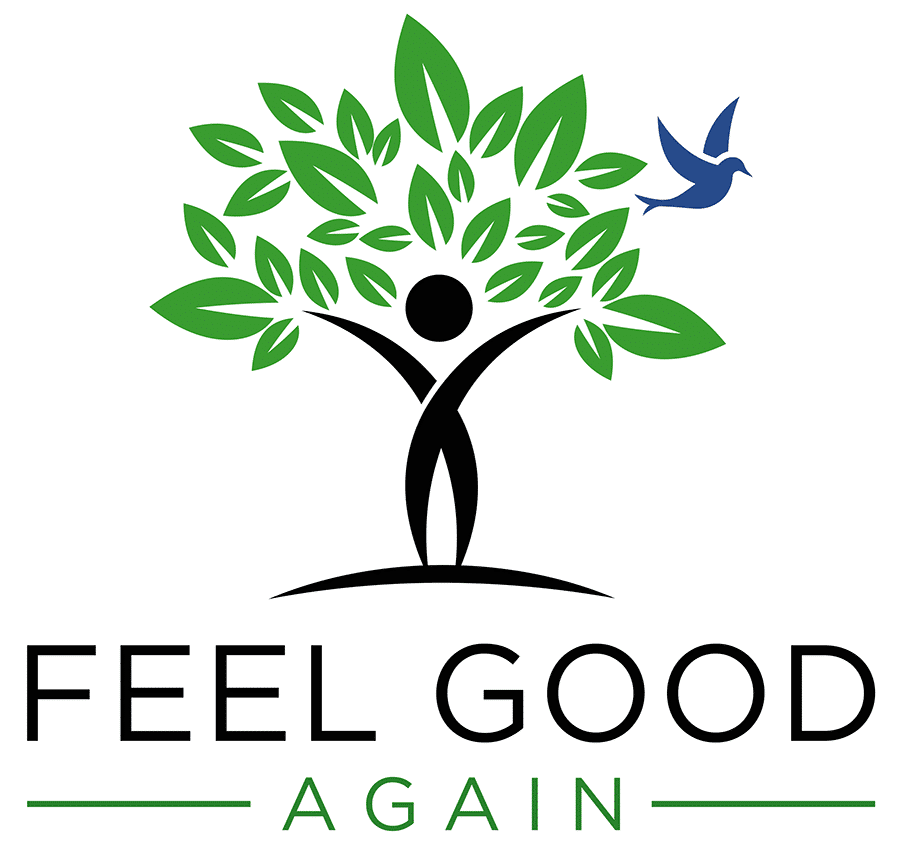Can Air Purifiers Prevent Infection? Now that the cold and flu season is upon us and we are stuck indoors and can’t have company due to social distancing, the question arises if air purifiers can protect us against infection.
We breathe approximately 20,000 breaths per day. When the air that we breathe is polluted and indoor air is dry, especially during the winter months, the mucous membrane can become inflamed from the chronic irritation and this makes for more susceptibility to infection.
Air pollution not only increases the risk of respiratory tract infection, it is a risk factor in developing some diseases such as asthma, lung cancer, a thickened heart, Alzheimer’s and Parkinson’s diseases, psychological complications, autism, retinopathy, fetal growth, and low birth weight. Breathing clean air free of pollutants is imperative to our health. The question is: Can air cleaners help?
What do air cleaners do?
- Air cleaners filter particles.
- Air purifiers kill microbes
While the terms can be used interchangeably, they remove particles and air pollutants such as dust mites, viruses, bacteria, mold, spores, pollen, fungi, pet dander, and fumes.
Types of Air Cleaners or Purifiers
- HEPA
Fibrous pleated High Efficiency Particulate Air (HEPA) filters are the best – they have rating called MERV meaning Minimum Efficiency Reporting Value with rating from 1 to 16. The minimum value for filtering out small particles is MERV 11. It filters out particles ranging from 0.3 to 1 micron is size.
The size of the coronavirus is up to 5 microns and most are between 1-2 microns. These may be filtered out if you have a MERV 13-16 filter. MERV 17 through MERV 20 filters are typically used in surgical operating rooms, clean rooms and other contexts that require absolute cleanliness. Grainger has a nice chart describing the filter sizes and types of particles filtered out. These filters can be found in portable devices. After that, can be installed in your HVAC system along with UV light and charcoal filters.
There are many terms used such as medical grade, true HEPA or HEPA-type so it is important to choose a device that was tested independently. Be sure to change the filter as per manufacturer directions.
- Ionizers and Electrostatic Precipitators
These portable air cleaners use an electrostatic charge to collect particles. These particles can be collected by a device or clump together and drop to the ground. Both types may produce ozone which can irritate the lungs and react with common household chemicals found in cleaning supplies and deodorizers to form harmful byproducts.
-
Wearable Air Purifiers
These also use ions and may emit unsafe amounts of ozone that can be breathed in by the person wearing the device.
- Ultraviolet Light
UV light can help eliminate many types of fungi, bacteria, germs, viruses and pathogens. Firstly, they are found in many portable air cleaners. Most do not deliver enough UV light due to the short exposure time or low intensity. The UV lights installed in HVAC systems are Ultraviolet germicidal irradiation lights. Which are on full time and the dose is considered high.
- Carbon Filters
Carbon filters can remove gases or Volatile Organic Compounds. These can be added to a HEPA filter and are especially useful for people suffering from allergies and asthma.
Quality
Be sure your filter has had their performance verified by the Association of Home Appliance Manufacturers. (AHAM). This trade organization is recognized by the American National Standard Institute. Consumers rating play a role in their being rated and approved as well.
Safety
Therefore, these filters may improve air quality and reduce viral. In addition, bacterial and particulate particle load. The Environmental Protection Agency (EPA) stated they should not be used alone. However, can be part of an overall strategy for protecting people indoors such as hand washing, distancing and better ventilation.
The EPA stated “When used properly, air purifiers can help reduce airborne contaminants including viruses in a home or confined space. However, by itself, a portable air cleaner is not enough to protect people from COVID-19. When used along with other best practices recommended by the Centers for Disease Control and Prevention, operating an air cleaner can be part of a plan to protect yourself and your family.” Ventilation is key.
Ventilation
The EPA states: “Opening windows and doors (when the weather permits), operating window or attic fans. Furthermore, running a window air conditioner with the vent control open increases the outdoor ventilation rate in a home. Do not open windows and doors if doing so poses a safety or health risk other family members (e.g., risk triggering asthma symptoms). Local bathroom or kitchen fans that exhaust air outdoors and remove contaminants directly from the room. Where the fan is located also increase the outdoor air ventilation rate.
To stay young and healthy, breathing clean air is an imperative prevention strategy. However, to reduce the incidence of infection and chronic illness. For a more comprehensive preventive health strategy, consult with a functional medicine physician at HowToLiveYounger.com






She is a recognized and award-winning holistic, functional, integrative and anti-aging healthcare practitioner, speaker and author, and has been featured in ABC News, Forbes, WOR Radio and many media outlets to spread the word that you can live younger and healthier at any age.